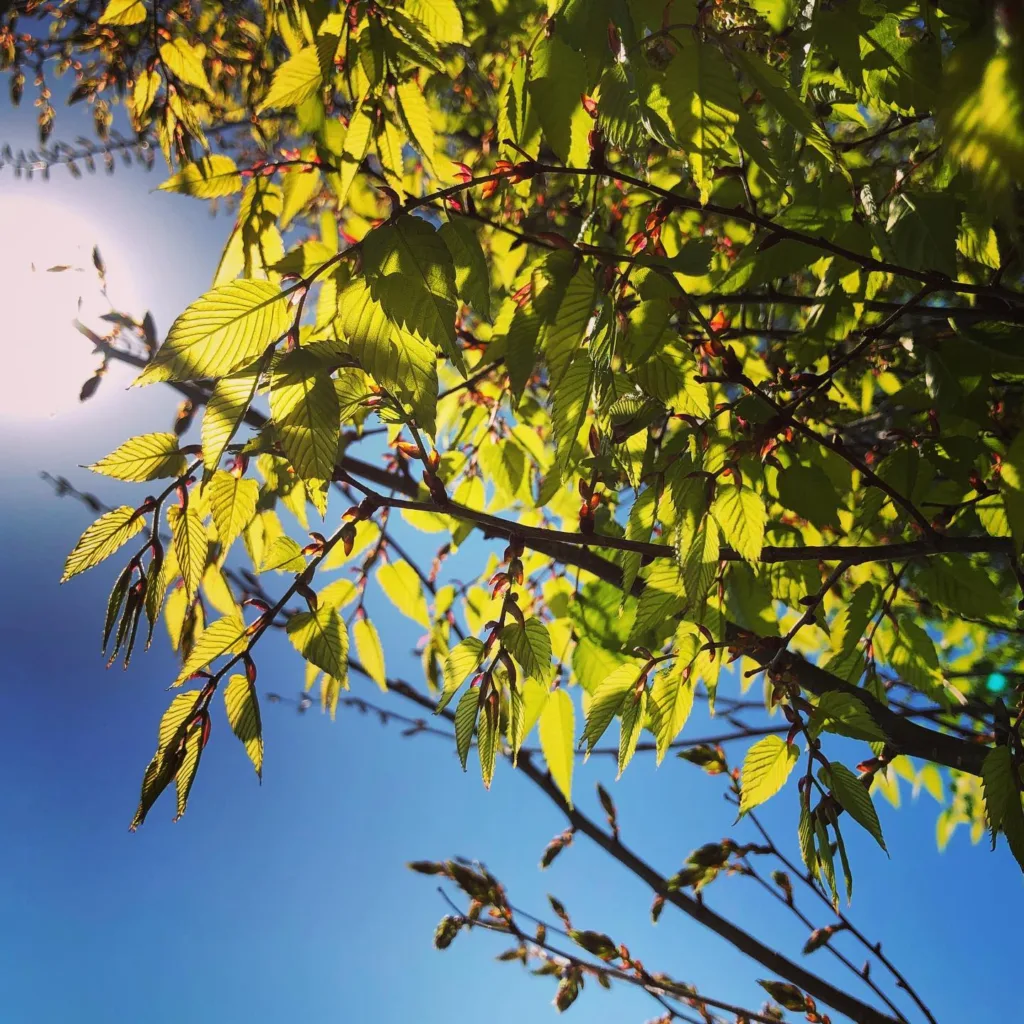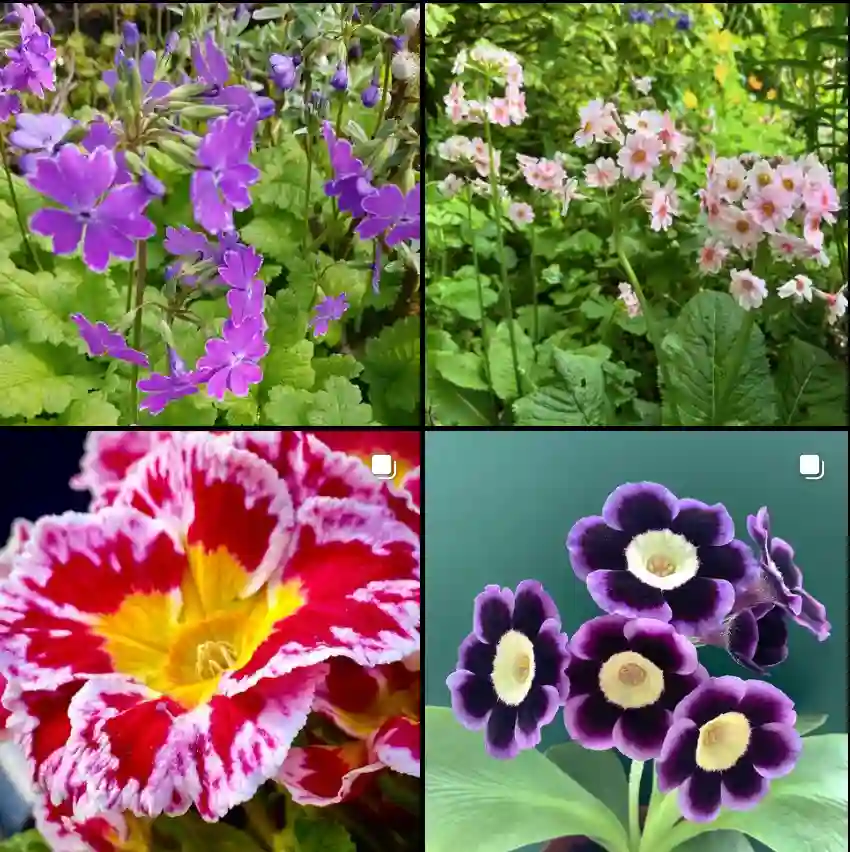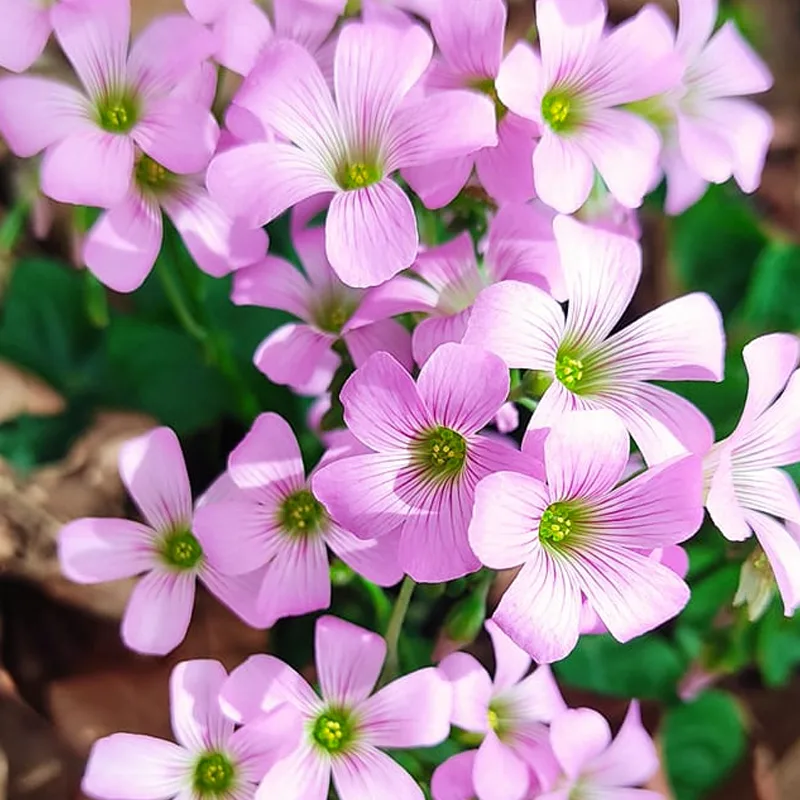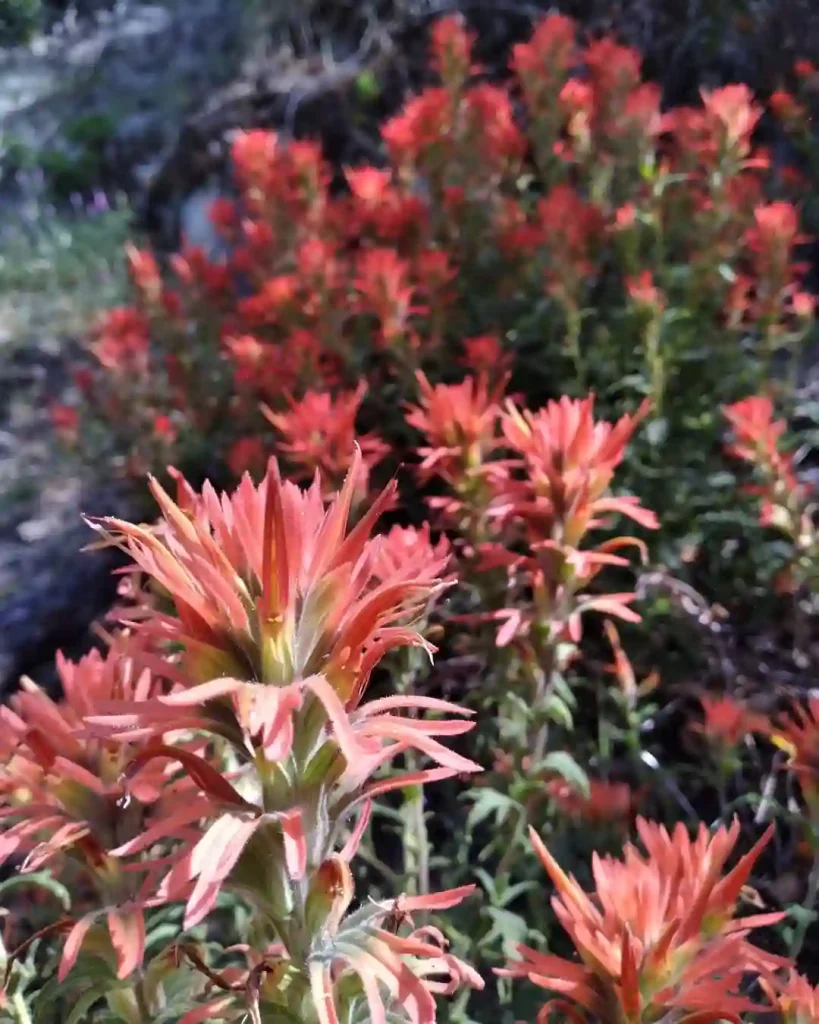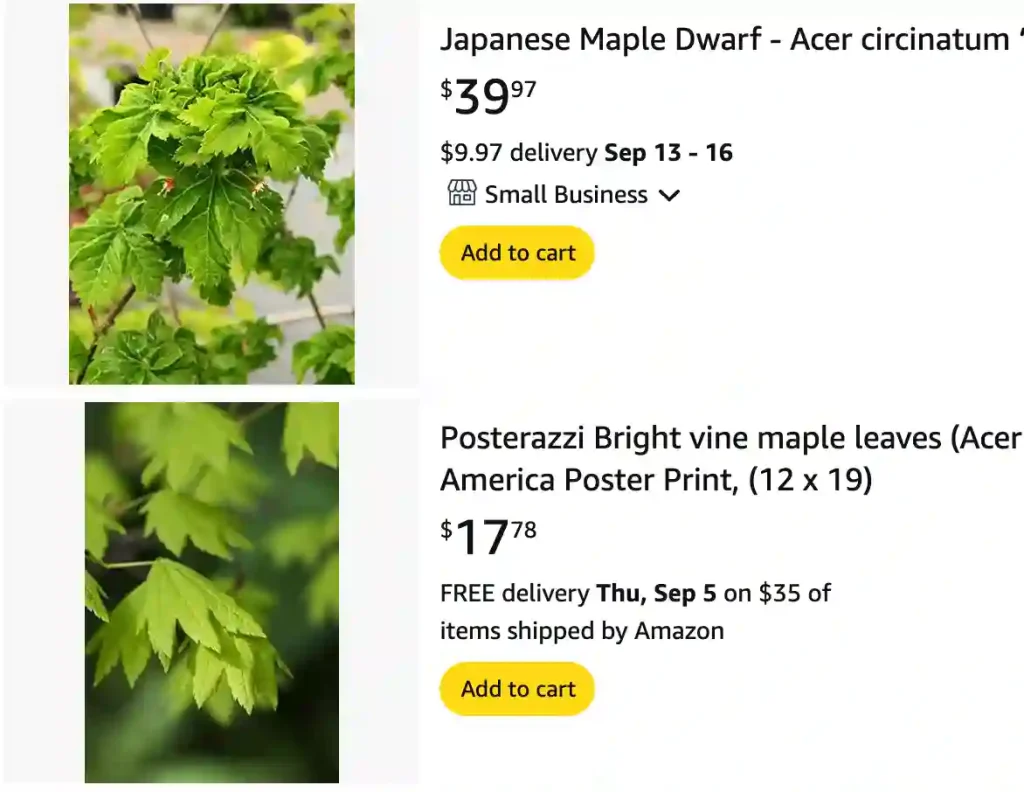
FAQs About Acer Circinatum
If you’re looking to enhance your garden or landscape with a beautiful, unique tree, you might have stumbled upon Acer Circinatum, commonly known as the Vine Maple. With its distinctive foliage and versatile nature, it’s worth exploring the common questions surrounding this fascinating plant.
168 Species in Genus Acer – Maple Tree
What is Acer Circinatum?
Acer Circinatum, or Vine Maple, is a small to medium-sized deciduous tree native to the Pacific Northwest of North America. It’s prized for its delicate foliage and attractive fall colors. It is often used in landscape design for its beauty and adaptability.
Are Acer Circinatum Good for Boise ID?
When considering Acer Circinatum for a garden in Boise, ID, you’ll be pleased to know that it can thrive in this area. Boise has a semi-arid climate with hot summers and cold winters, which means you’ll need to provide some care for the Vine Maple to ensure it grows well. The Vine Maple is adaptable and can handle a range of soil types, but it prefers well-drained, slightly acidic soil. It’s also known for its beautiful fall color, which can add a stunning touch to your garden as temperatures cool down.
In summary, Acer Circinatum can be a great choice for Boise, ID, as long as you provide it with the right conditions and care.
How to Identify Acer Circinatum?
Identifying Acer Circinatum, or the Vine Maple, is relatively straightforward once you know what to look for. Here are some key features to help you:
- Leaf Shape: The leaves are small and rounded, typically with five to seven lobes. They resemble the shape of a hand with fingers spread out.
- Leaf Color: The foliage starts out green and turns a vibrant red or orange in the fall.
- Bark: The tree’s bark is thin and can be grayish-brown, often with a smooth texture.
- Growth Habit: Acer Circinatum is a multi-stemmed, deciduous shrub or small tree that typically grows between 15 to 25 feet tall.
If you spot a tree with these characteristics, there’s a good chance it’s Acer Circinatum.
How to Pronounce Acer Circinatum?
The pronunciation of Acer Circinatum can be a bit tricky if you’re unfamiliar with botanical terms. It’s pronounced as “AY-ser sir-sin-AY-tum.” Breaking it down:
- Acer sounds like “AY-ser.”
- Circinatum can be broken down into “sir-sin-AY-tum.”
How to Care for Acer Circinatum
Caring for Acer Circinatum involves a few key practices:
- Watering: Keep the soil consistently moist but not waterlogged. During hot periods, more frequent watering might be needed.
- Sunlight: It prefers partial shade to full sun. In hotter climates, some afternoon shade can protect it from intense heat.
- Pruning: Regular pruning helps maintain its shape and removes any dead or crossing branches. Pruning is best done in late winter or early spring before new growth begins.
- Soil: Ensure it’s planted in well-drained, slightly acidic soil for optimal growth.
How to Propagate Acer Circinatum
Propagating Acer Circinatum can be done through seeds or cuttings:
- Seeds: Collect seeds in the fall and stratify them in a cold environment for several months before sowing them in a well-draining medium.
- Cuttings: Take semi-hardwood cuttings in late summer and root them in a mix of sand and peat moss.
What to Plant With Acer Circinatum?
Acer Circinatum pairs well with other shade-tolerant plants. Consider planting:
- Ferns: Their lush green foliage complements the delicate leaves of the Vine Maple.
- Hostas: They thrive in similar conditions and provide a nice contrast in texture.
- Heuchera: Adds vibrant color and works well in shaded areas.
Can You Grow Acer Circinatum Indoors?
While Acer Circinatum is primarily suited for outdoor landscapes, growing it indoors is not ideal. It requires a lot of space and specific light conditions that are difficult to replicate indoors. Additionally, it may not thrive in the confined environment of an indoor setting.
Is Acer Circinatum Toxic?
No, Acer Circinatum is not known to be toxic to humans or pets. However, as with any plant, it’s always a good idea to keep it out of reach of small children and animals to avoid any accidental ingestion.
Benefits of Acer Circinatum
- Aesthetic Appeal: Its vibrant fall colors and unique leaf shape make it an attractive addition to any garden.
- Versatility: Suitable for a range of garden settings, including shaded areas.
- Wildlife Friendly: Provides habitat and food for various wildlife species.
Common Problems with Acer Circinatum
- Pests: Watch out for aphids and scale insects which can infest the foliage.
- Diseases: It can be susceptible to fungal diseases like powdery mildew, especially in humid conditions.
Compare with Other Maple Varieties
When comparing Acer Circinatum with other maples, such as the Japanese Maple (Acer palmatum), the Vine Maple is generally smaller and more adaptable to various soil types. Japanese Maples often require more precise conditions and can be more delicate in colder climates.
Acer Circinatum is a versatile and beautiful tree that can be a great addition to many gardens, especially in areas like Boise, ID. With proper care and attention, it will reward you with its stunning foliage and adaptability.
If i die, water my plants!
